Case Study
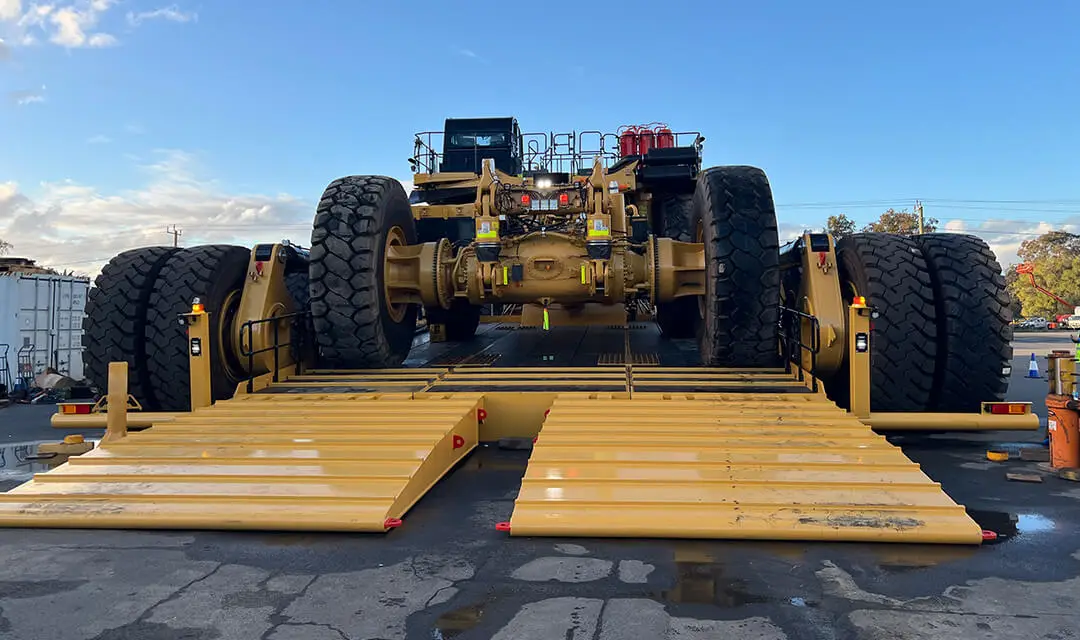

Published on:
For mining fleet operators, protecting high-value equipment through precise monitoring is crucial to maintaining operational efficiency and safety. In this case study, we explore how electrical engineering consultant BESC integrated Certus inertial navigation system (INS) technology into their fleet management system to deliver high-precision angle monitoring through an integrated sensor solution, replacing multiple separate sensors with a single robust unit while providing comprehensive early warning detection.
BESC is a specialist electrical engineering consultancy that designs, supplies, programs, and commissions control systems for mining operations. As a trusted contractor to Piacentini & Son (OEM), they focus on developing innovative control solutions for specialised mining equipment, including low loader systems. Their expertise spans across system design, implementation, and ongoing technical support, making them a valuable partner in mining automation and control systems.
For mining operations running high-value equipment, precision matters. When operating heavy vehicles with trailers, maintaining accurate angle monitoring is critical for preventing equipment damage and operational disruptions. BESC’s low loader units required angle monitoring with 0.5° accuracy to prevent damage, as even small measurement inaccuracies beyond this threshold risked:
“The financial impact of equipment damage in mining operations can be substantial. When you’re looking at these kinds of repair and replacement costs, plus the associated downtime, we needed a solution that could reliably prevent these incidents before they occur.”
explains Richard Crone, Technical Lead at BESC.
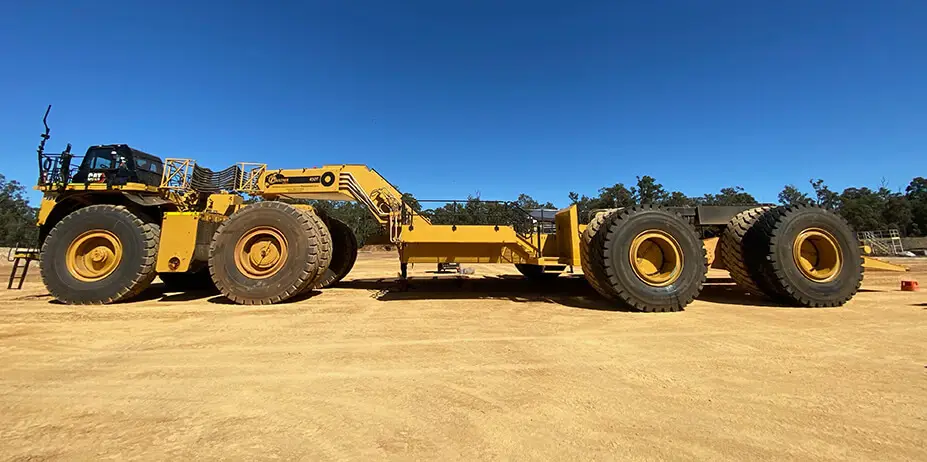
BESC selected Advanced Navigation’s Certus for its high-precision angle monitoring capabilities in harsh mining environments, making it ideal for protecting high-value mining equipment. Advanced Navigation’s ability to deliver within three weeks of purchase order was also a key factor in the selection. The Certus solution delivered:
The critical data from Certus enabled a comprehensive early warning system through a cab-mounted Human Machine Interface (HMI), providing:
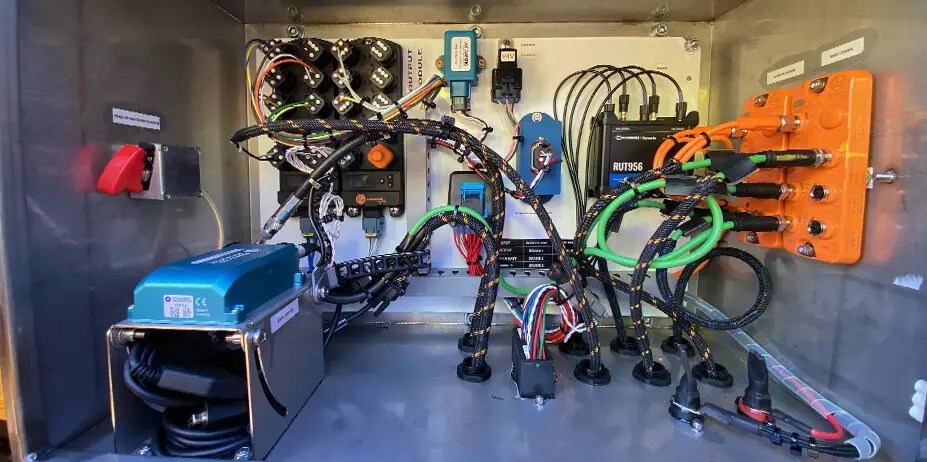
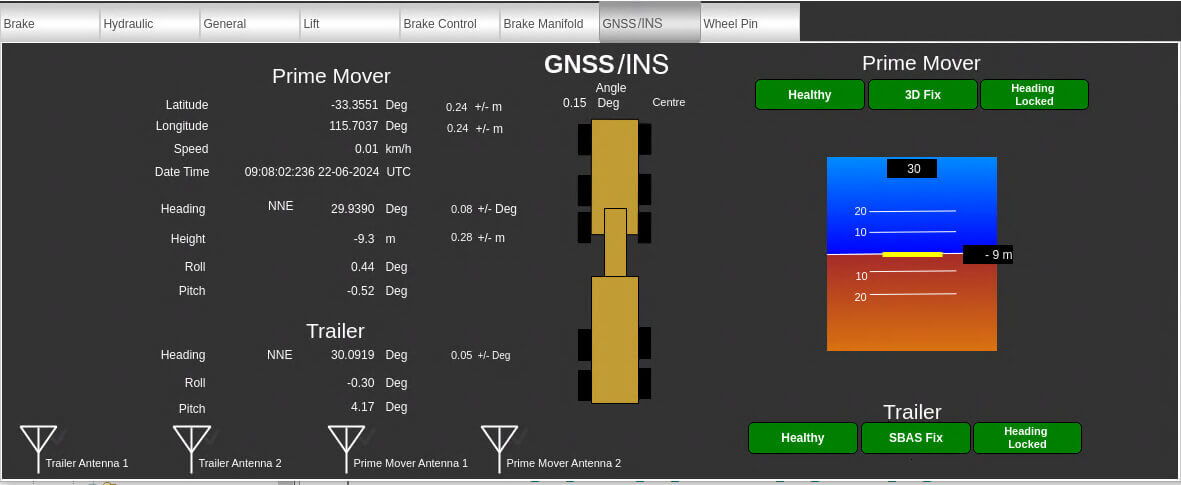
The system interface displays Certus data inputs (left), prime mover-trailer angle visualisation (center), and roll attitude indicator (right)
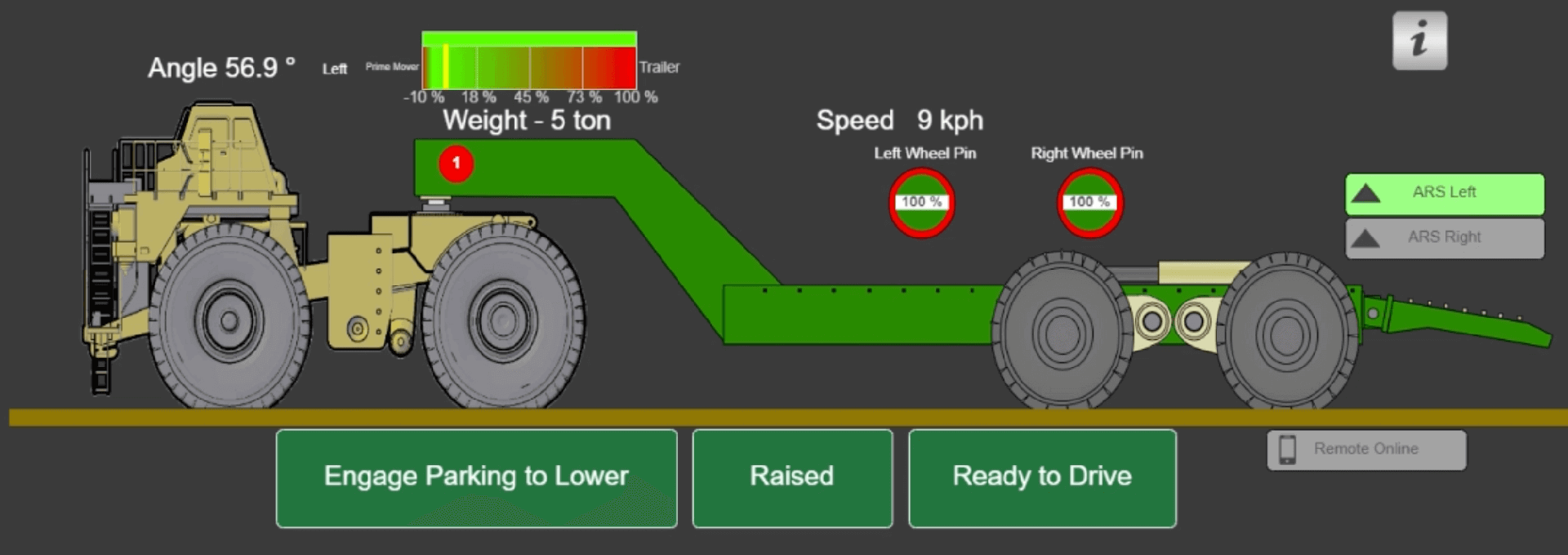
Operator control interface showing real-time angle, weight, and speed monitoring during trailer loading operations, with clear status indicators for safe equipment transfer.
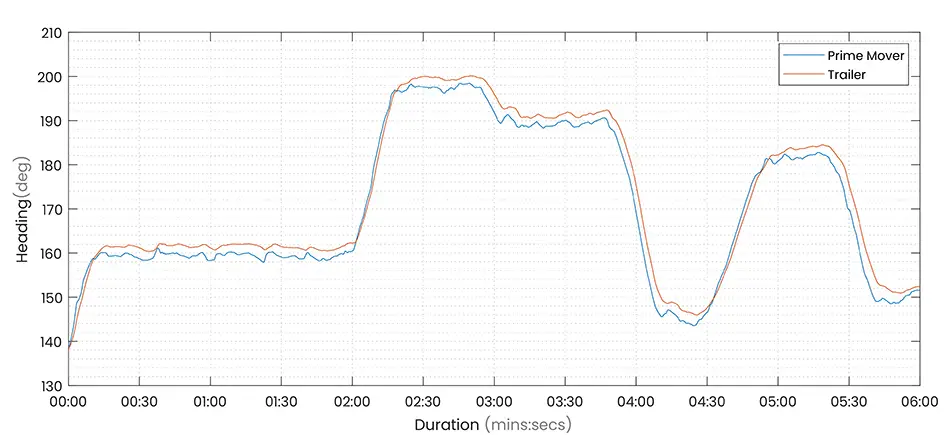
Real-time heading comparison between prime mover and trailer units, demonstrating synchronised angle tracking.
The system was integrated with a cab-mounted Human Machine Interface, providing operators with:
“We were able to remove our previous inclination sensor and GNSS receiver, combining both functionalities into the Certus unit. This simplified our system while improving reliability, giving us the precise monitoring we need for safer operations.”
notes Crone.
The implementation has delivered measurable improvements across several key areas:
Operational Benefits:
Financial Impact:
Currently deployed in Bauxite mines and scheduled for implementation in Iron Ore operations, the system has proven its value across different mining environments and conditions.
The precision and reliability demonstrated in BESC’s trailer monitoring system extends across several critical mining applications.
Certus INS technology enables reliable navigation and positioning even during GNSS outages, ensuring consistent operation of autonomous truck fleets in deep pit, high wall, and satellite-obscured environments.
The system’s 0.1° precision enables automated drill positioning and collar alignment on Production and Blast Hole drill rigs, improving drilling efficiency and reducing costly errors.
Delivering 0.1° orientation accuracy for precise equipment control on excavators, dozers, and graders, maintaining performance even in GNSS-degraded environments.
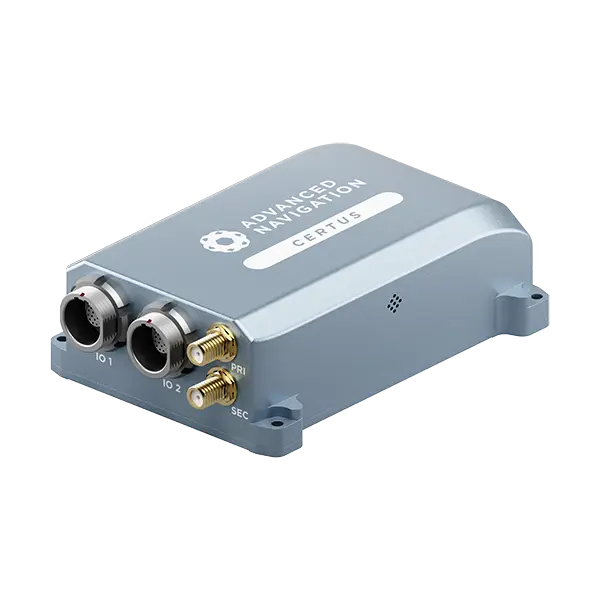
Certus combines temperature calibrated accelerometers, gyroscopes, magnetometers, and a pressure sensor with a dual antenna GNSS receiver. These are coupled in an AI-based fusion algorithm to deliver accurate and reliable navigation data. It features low SWaP-C (Size, Weight, Power, and Cost), internal data logging, and multiple communication interfaces for easy integration. Certus is available in both OEM and rugged packages and comes standard with license-free 1 cm RTK position accuracy.